There’s something comforting about the smell of bread in the oven or fresh baked cookies on the stove. Baking brings the family together, especially during the holiday season when baked goods are in abundance.

Whether you’re making roll-out cookies or a fresh loaf of bread, flour is a key ingredient in baking. It provides the structure for your baked goods. When flour combines with wet ingredients, it thickens and forms the ideal texture for baking.
The type of flour you use really does make a difference in your recipe’s outcome! While most recipes call for and work well with all-purpose flour, there are now so many alternatives out there for those looking to avoid gluten—whether due to sensitivities or autoimmune conditions like Celiac Disease. Let’s explore some common types of flours and what types of recipes they work well in.
All-Purpose Flour
This is the perfect blend of hard and soft wheat flours creating a medium flour as stated above. Hard wheat has tougher gluten than soft wheat. Unless a recipe calls specifically for a certain flour, an all purpose flour will be a great option. Check out some recipes that use all-purpose flour below!
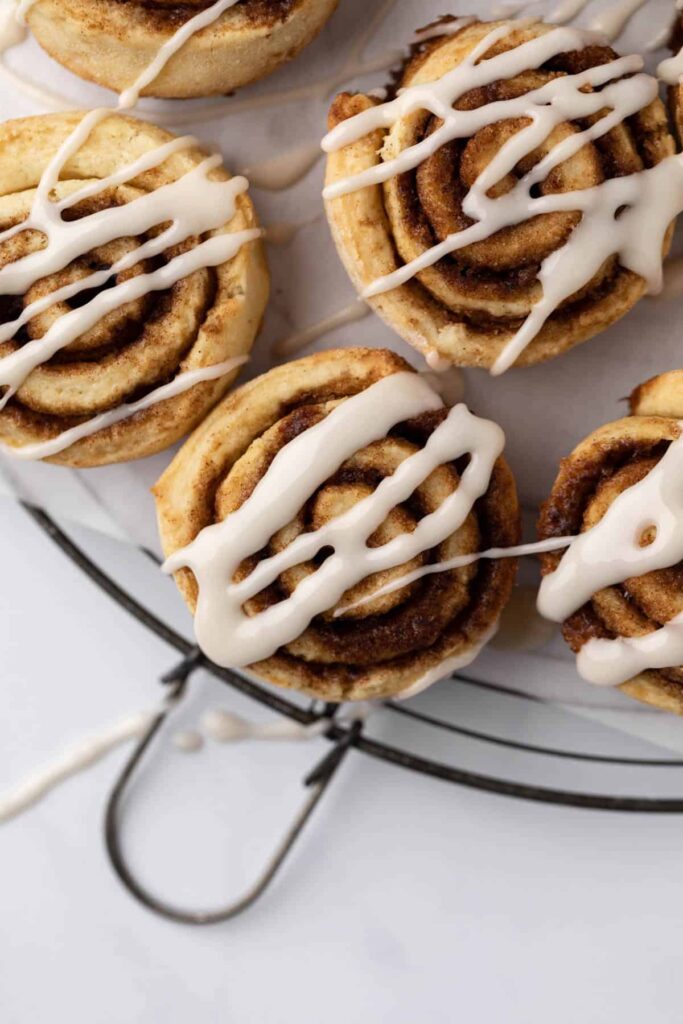
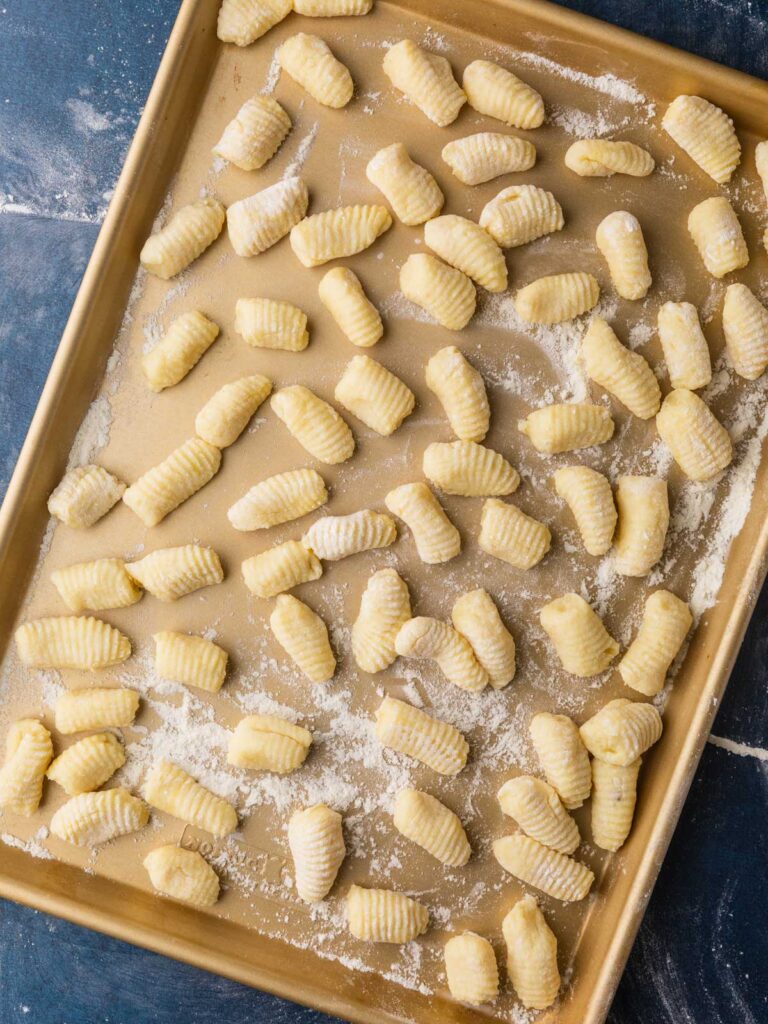

Gluten Free All-Purpose Flour
If you are avoiding gluten, there are fantastic alternatives to standard wheat-based all-purpose flour. This one is tried and true and can be used as a substitute for all-purpose flour in your recipes.
This blend is a no-compromise flour that lets you create bakery-style treats right in your kitchen, from cookies and cakes to brownies, pies, yeasted breads, and quick breads.
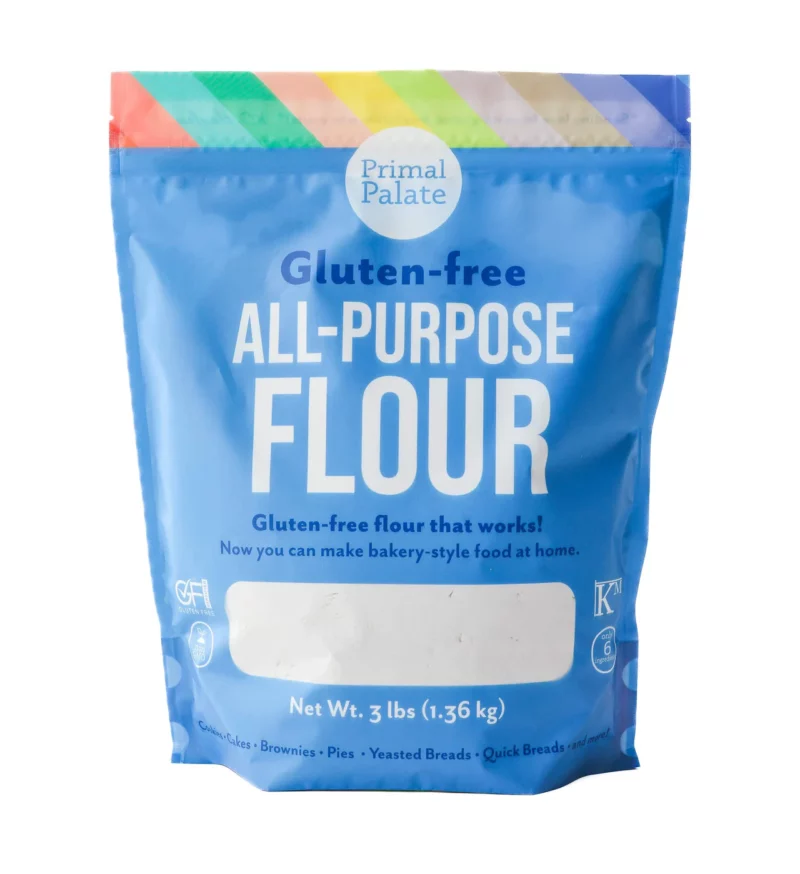
Here are some fun recipes that make delicious use of a gluten free all-purpose flour!
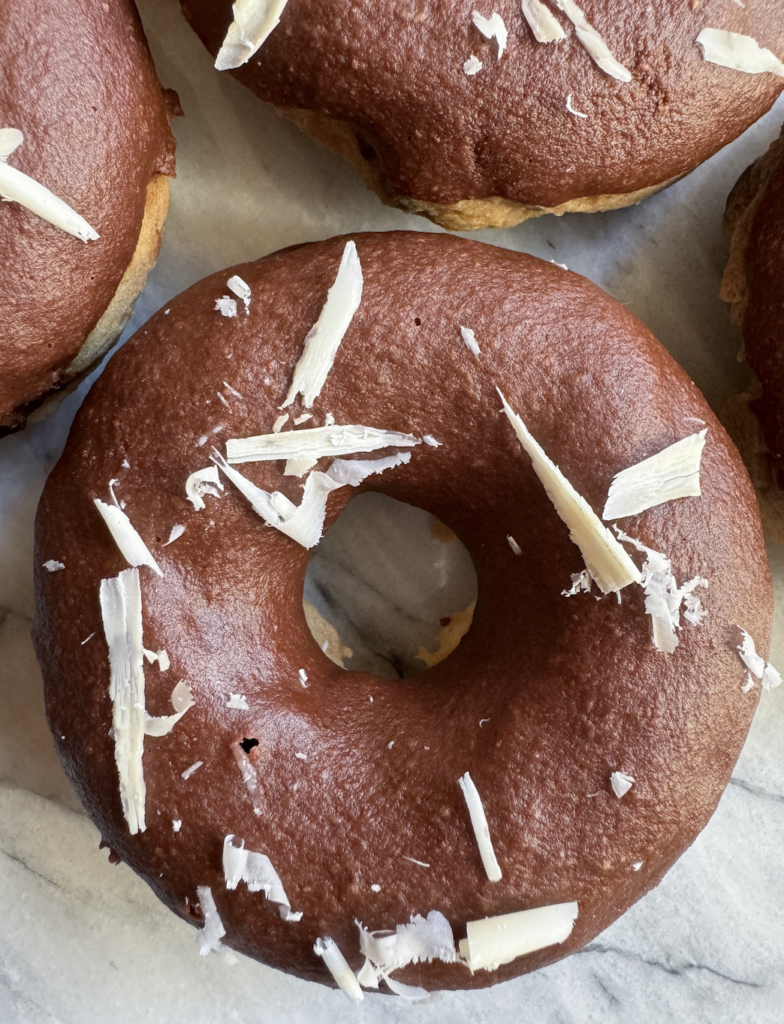
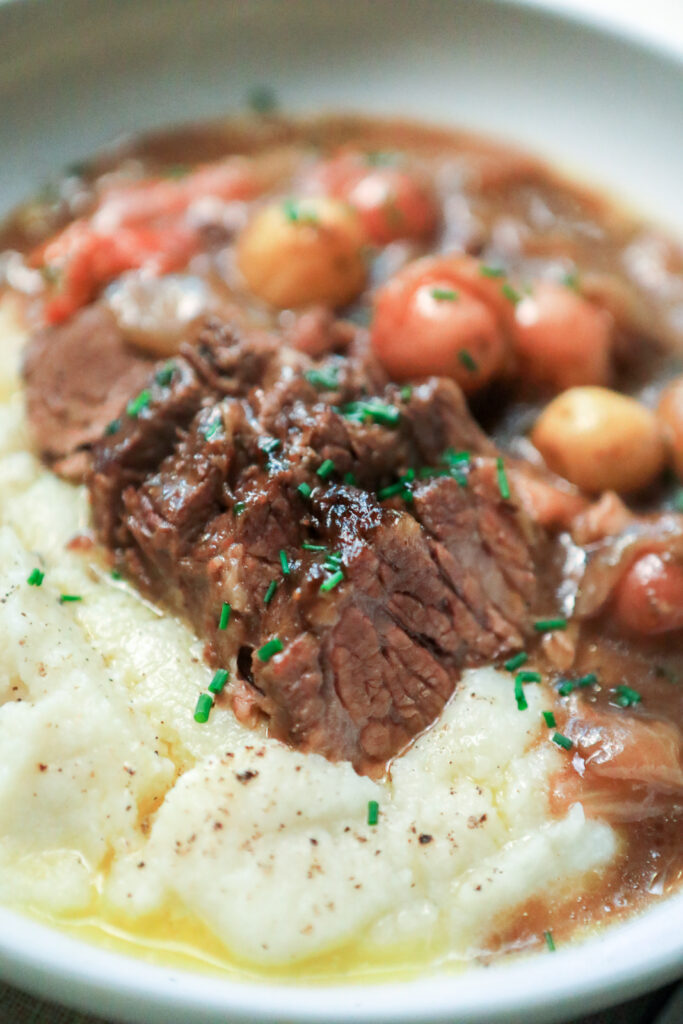
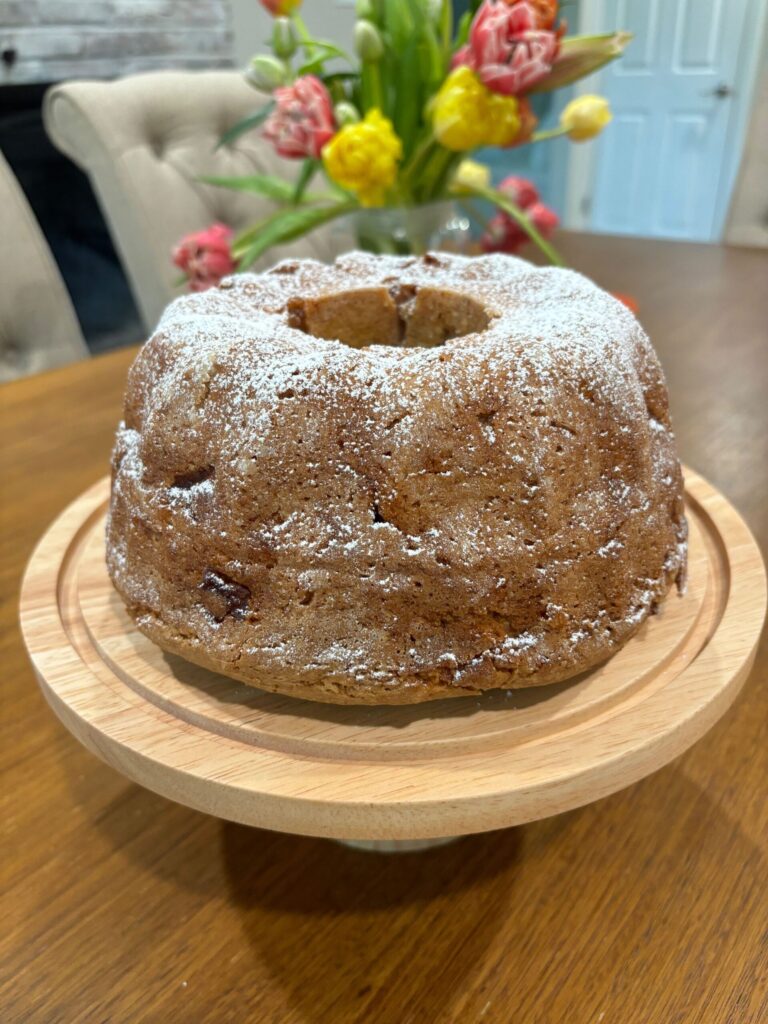
Almond Flour
Almond flour is made from blanched almonds, which have had their skins removed and are ground into a fine powder. It’s a popular choice for gluten-free baking, as it not only eliminates gluten but also adds nutrients. Blanched almond flour is ideal for recipes where a lighter, more authentic appearance is desired, as it avoids the brown color that almond meal can create.
Almond meal, on the other hand, is made by grinding whole almonds, including the skins, which gives it a coarser texture. While it can be made at home using a high-powered blender, care should be taken not to over-process, as this may turn it into a paste or butter-like consistency. Almond meal is often used as a 1:1 substitute for wheat flour in many recipes.
The following recipes each feature almond flour!

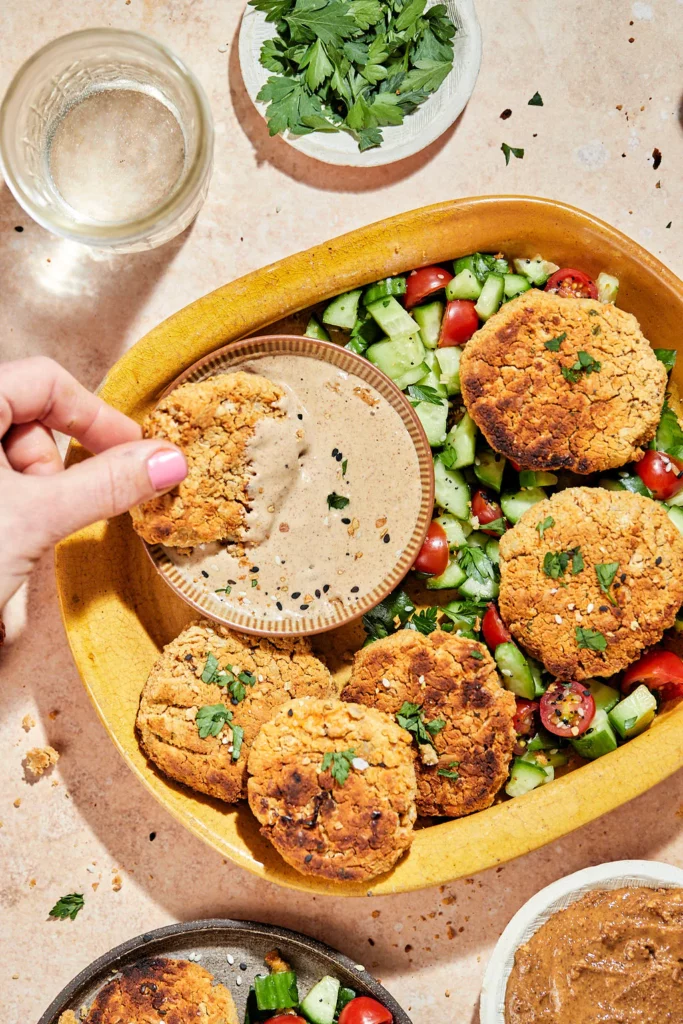
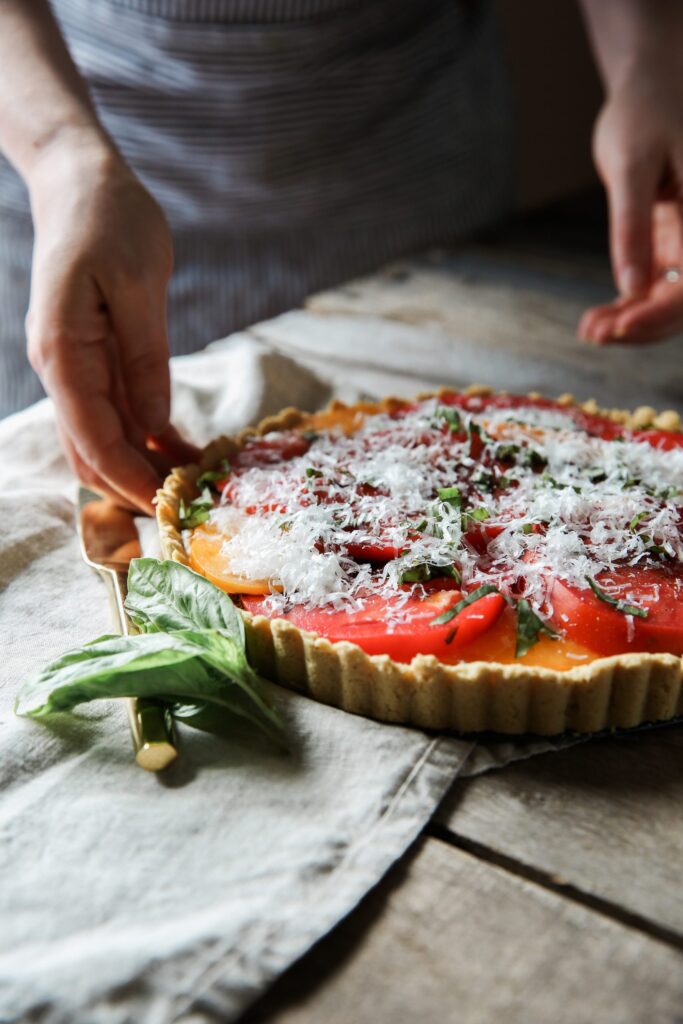
Cassava Flour
Also known as yuca flour, cassava flour is a gluten-free and paleo alternative to traditional wheat flour. It is slightly finer than wheat which requires a little more liquid.
Tips for Using Cassava Flour:
The Right Ratio: Because this flour requires a little more liquid than others, it’s important to be mindful when using this as a substitute. It’s a good idea to start with a 1:1 ratio then adding water if needed 1 tbsp at a time.
Don’t over mix: Cassava flour can become very sticky, so it’s important to combine all dry and wet ingredients separately, and gently fold the wet ingredients into the dry.
Watch the clock: Cassava flour may cook faster or slower than other flours. Keep an eye on the clock and monitor closely.
Xanthan Gum: Adding xanthan gum to cassava flour can improve texture and structure to your recipe.
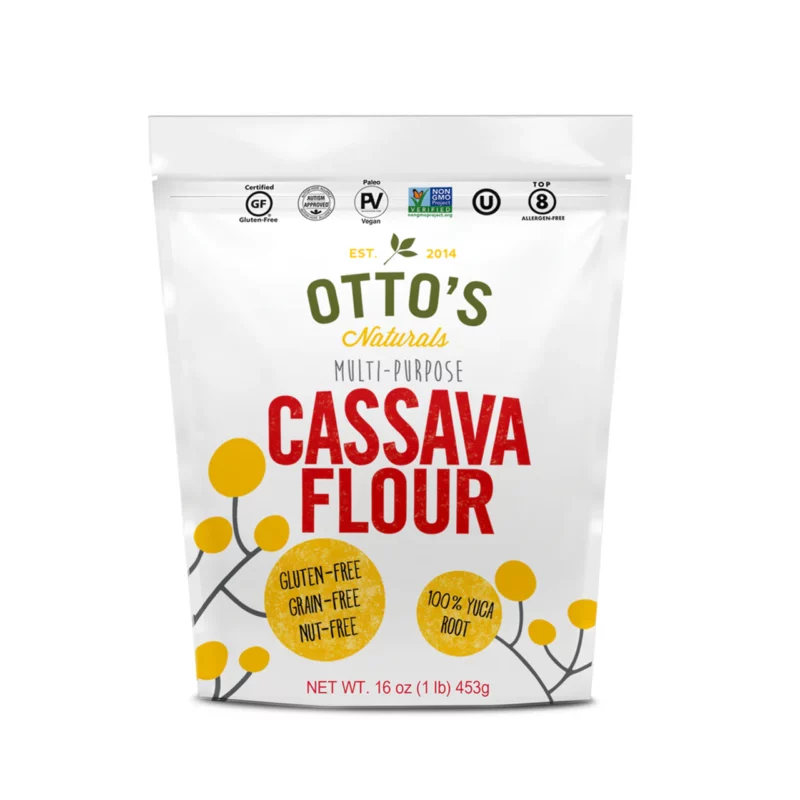
For some recipes using cassava flour, try these!
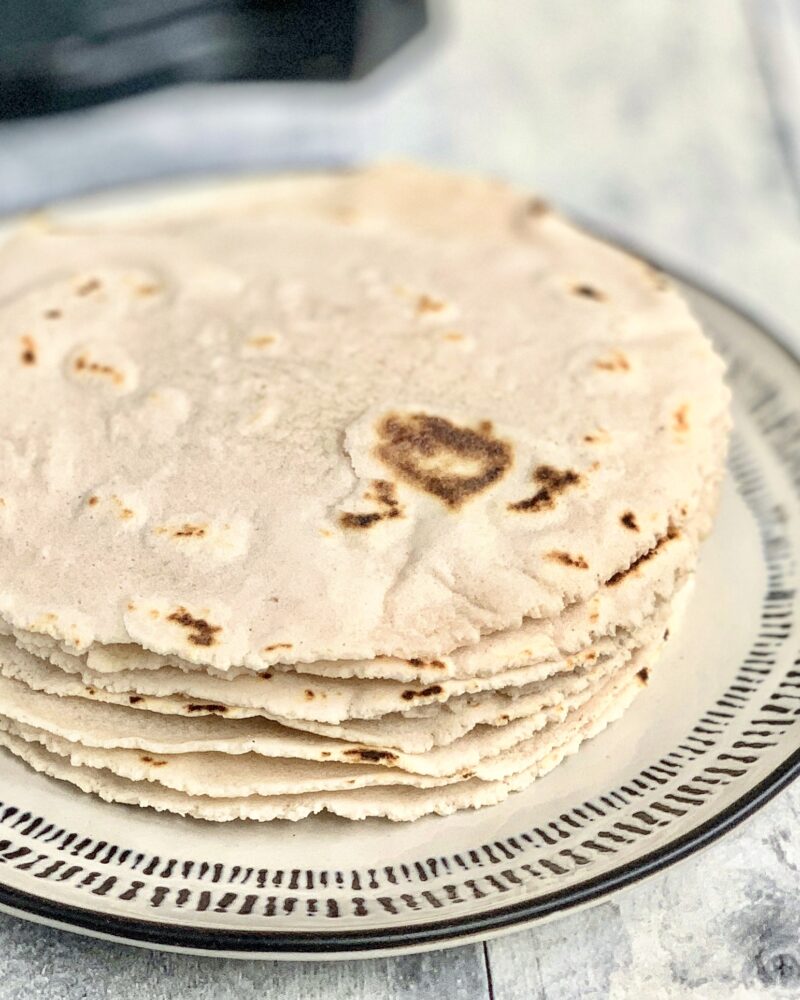
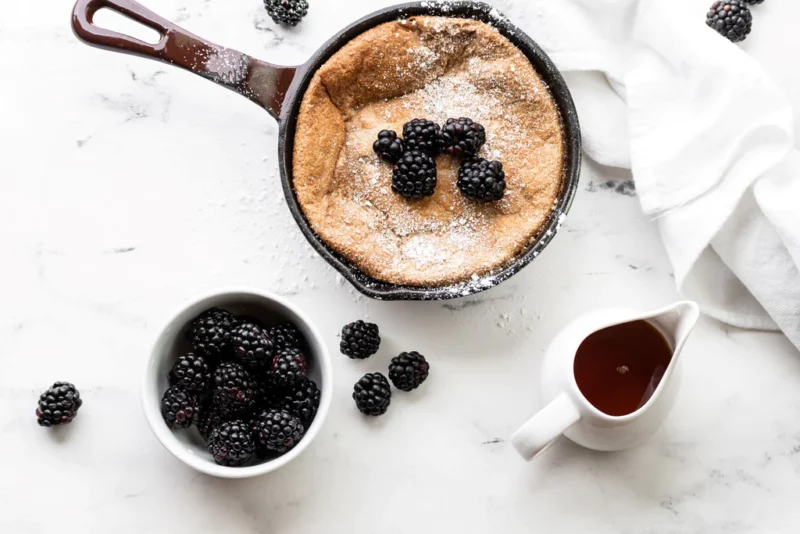
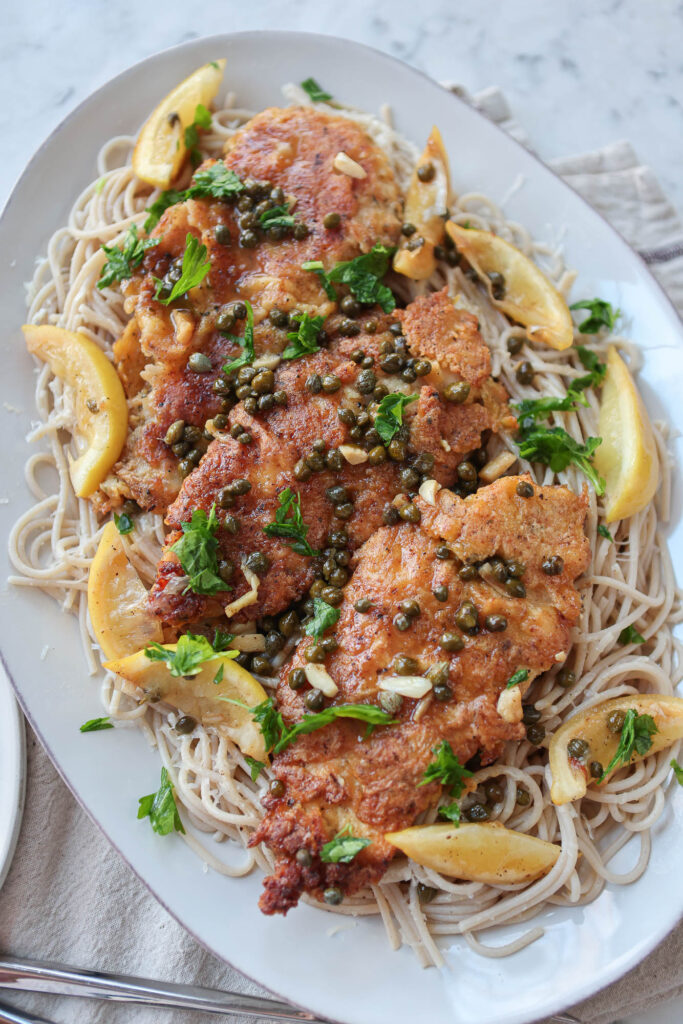
Thickening Agents
Cornstarch, tapioca and arrowroot powder can all be interchangeable and used as thickening agents in baking and cooking. These are recommended for very acid fruits because it does not lose its thickening power as quickly as flour does in the presence of acid.
That being said, if overcooked, it will lose its thickening power just as quickly, regardless of the acid content. Another cause for a breakdown of thickening may come from too high a percentage of sugar in the recipe or too much cornstarch.
Tips for Using Non-Cornstarch Thickeners:
Tapioca Starch: A 1:2 ratio can be used as a substitute for cornstarch. Example: if a recipe calls for 1 tbsp of cornstarch, use 2 tbsp of tapioca powder.
Arrowroot powder: To use as a cornstarch substitute, use 2 tsp of arrowroot powder for every 1 tbsp of cornstarch. As a flour substitute, 1 tsp of arrowroot powder for every 1 tbsp of flour. It’s important to note that combining arrowroot with dairy can lead to a slimy texture, which may affect the consistency of your dish.
Check out some recipes which call for various thickeners and starches!
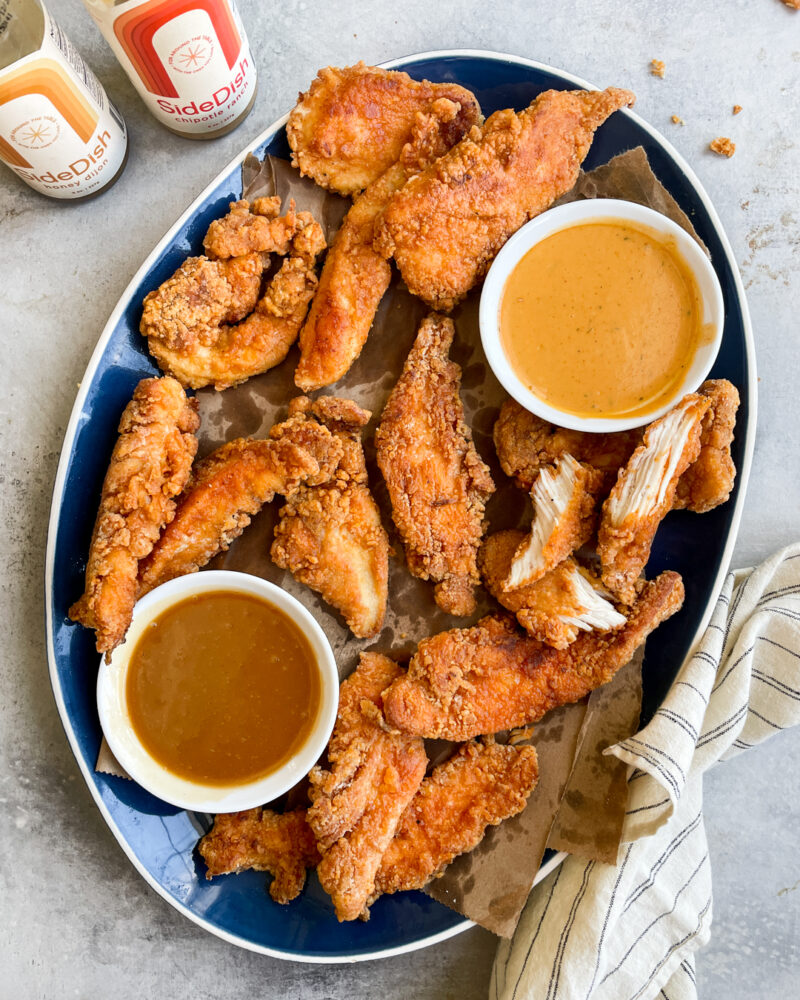
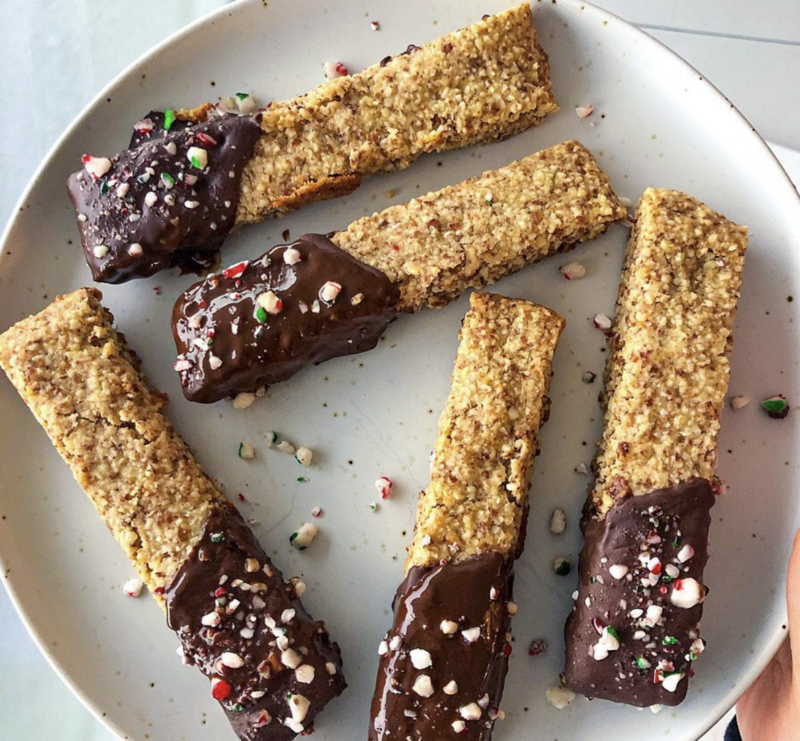
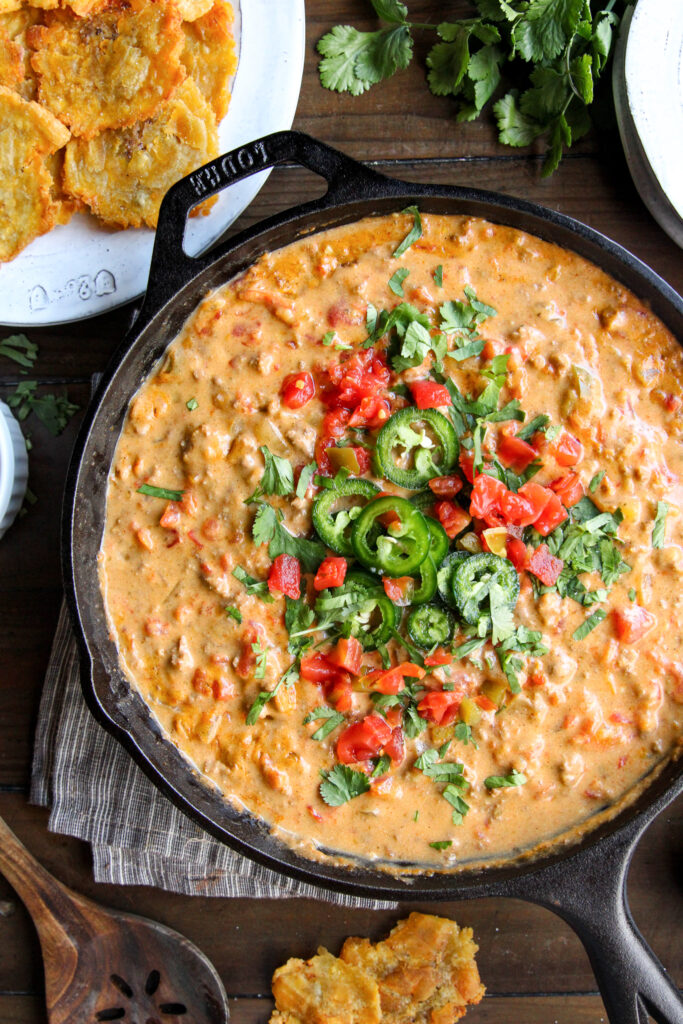
Xanthan Gum
Think of xanthan gum as the glue that replaces the gluten in a gluten free flour. You only need 1 teaspoon per cup of gluten free flour if you are making your own blend to get that gluten texture in a gluten free product or some recipes call for it in addition to the flour they are using. Or adding a teaspoon to a recipe will improve the texture and structure.
Here are some recipes which utilize xanthan gum in unique ways.
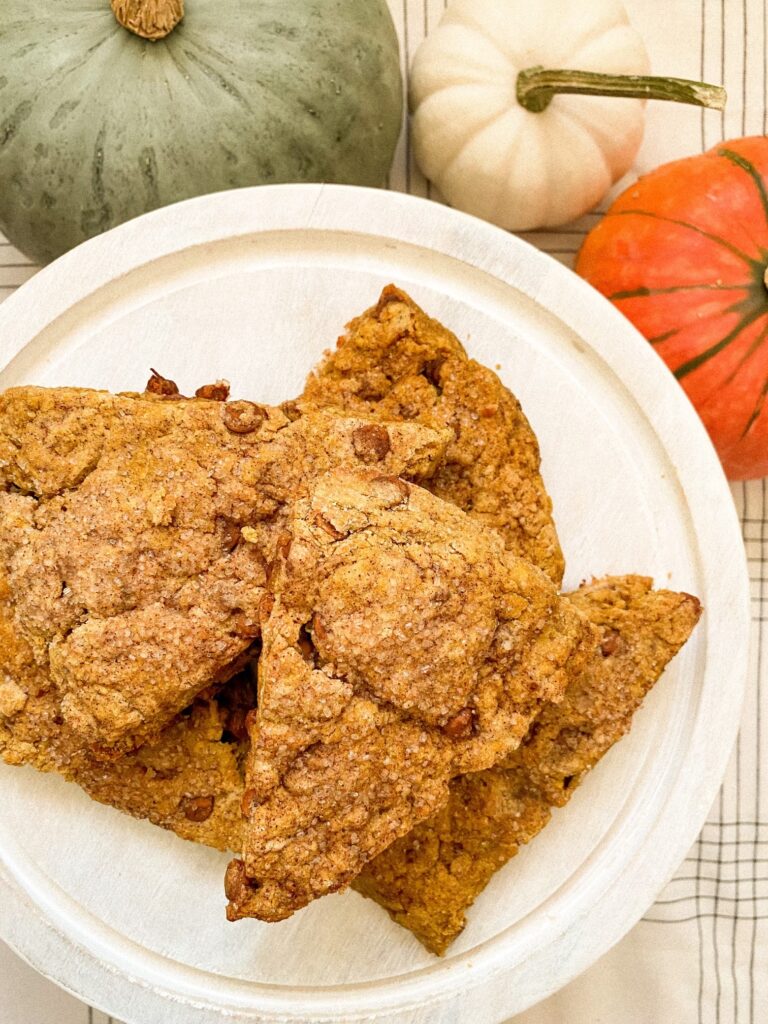
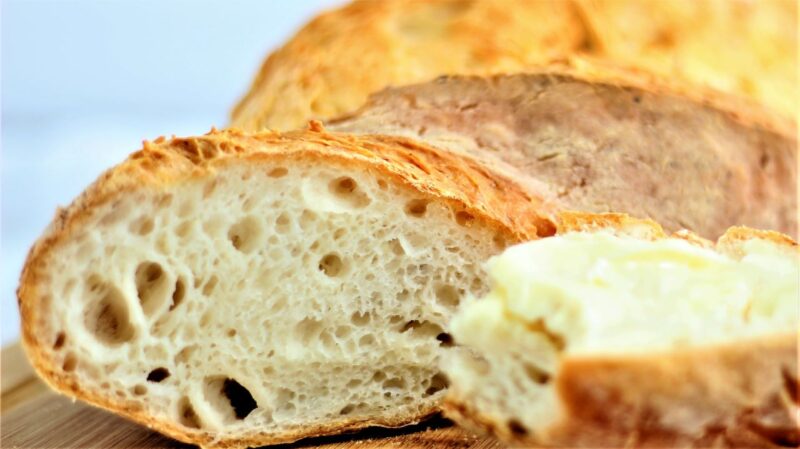
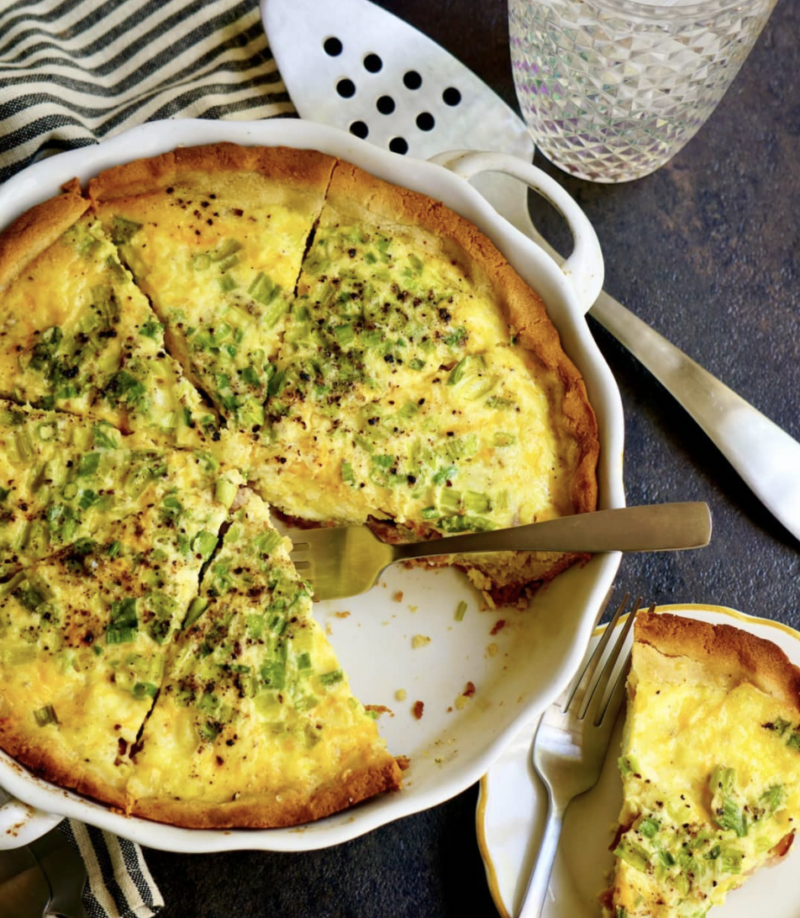
Bake It Till You Make It ✨
Baking doesn’t have to mean starting completely from scratch every time! That’s the beauty of baking mixes—they let you skip the long ingredient list and dive right in. Just follow the instructions for a foolproof bake, or use the mix as a springboard for your own creative twist!
Here are some of our favorite baking mixes to inspire you.
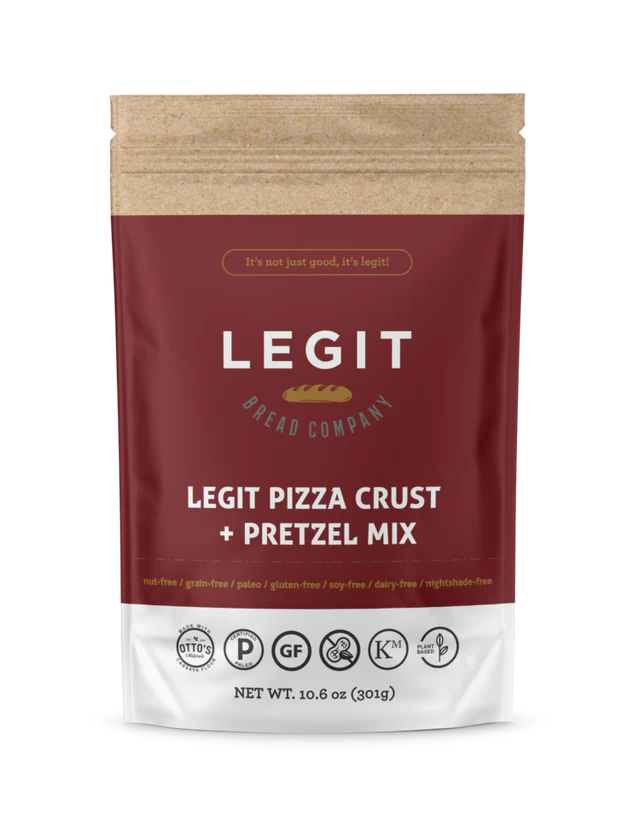
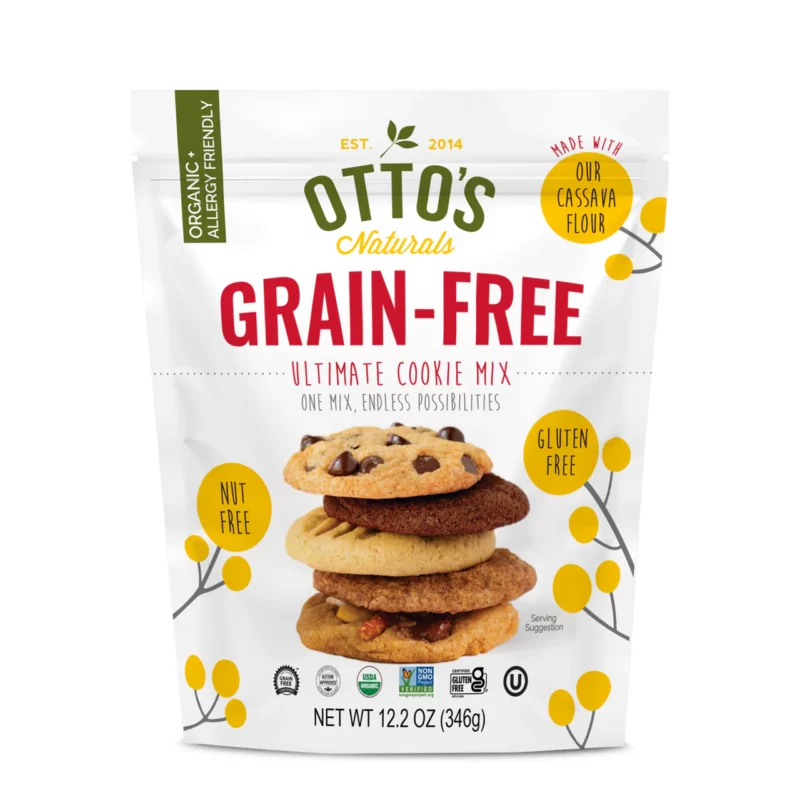
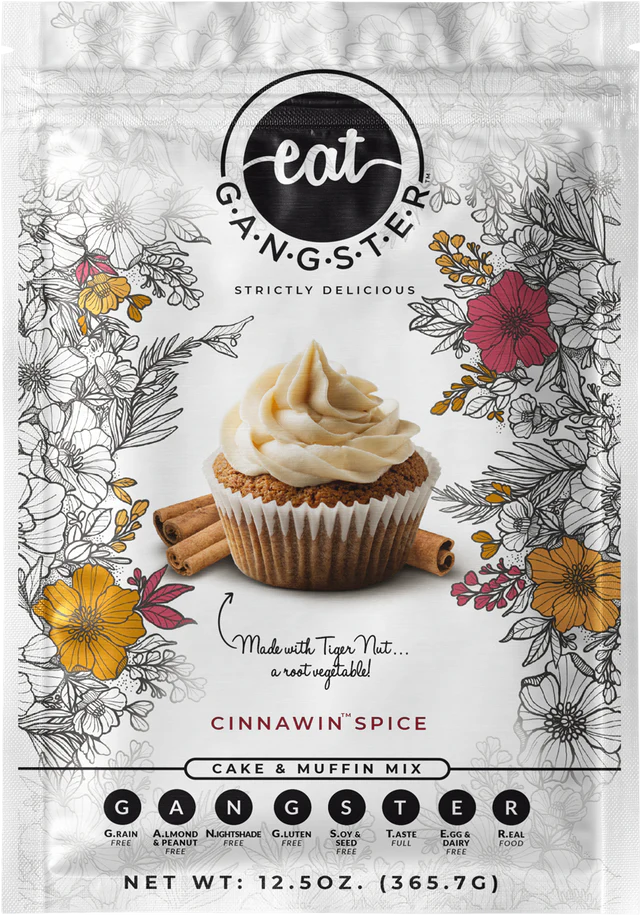
It is undeniable that flour is an extremely important component to any baking recipe. It provides structure necessary for baked goods to form and rise. We have touched on a few options here, and there are a number of other flours to choose from. Using the specific flour called for in the recipe will ensure the desired result. Sometimes, we don’t have the flour on hand and a substitute is required. When swapping flours, keep in mind that you may need less flour than is called for and more moisture may be required. With all the alternatives on the market today, no matter what your dietary restriction, everyone can enjoy delicious baked creations!




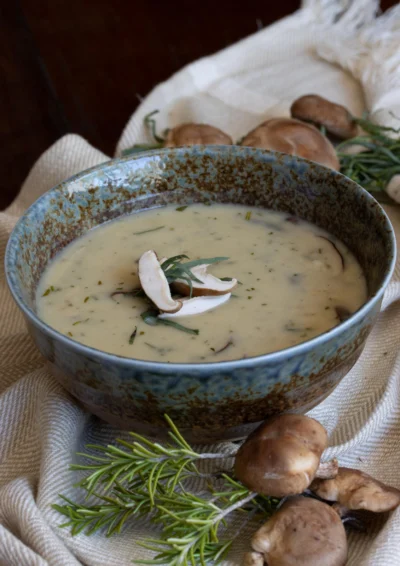

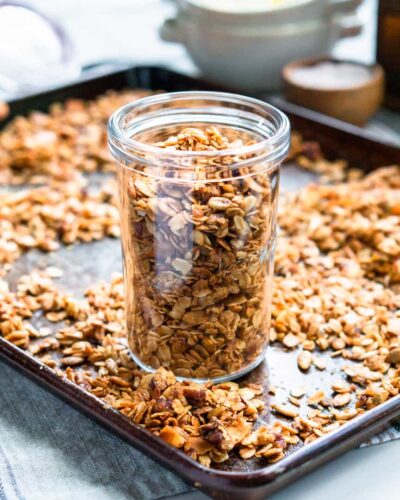

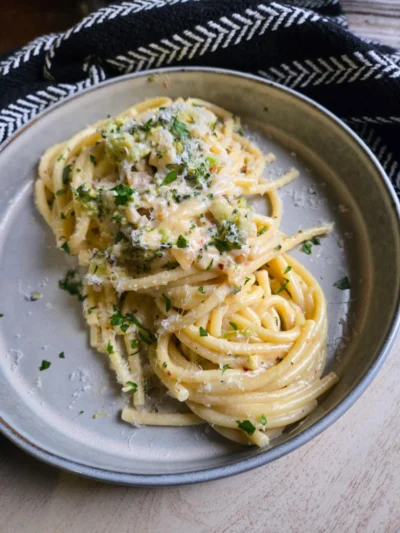


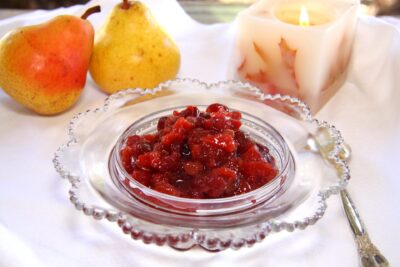

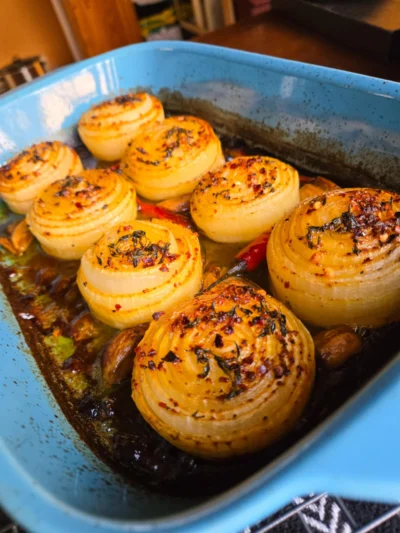



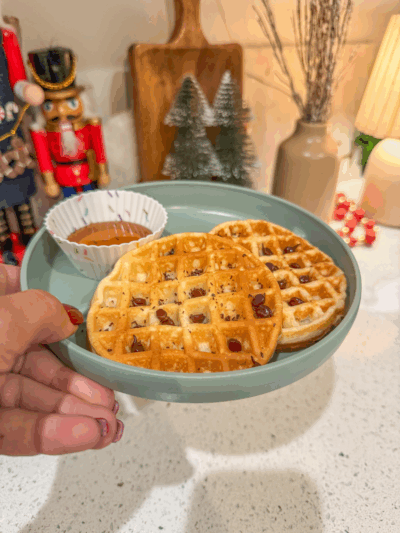
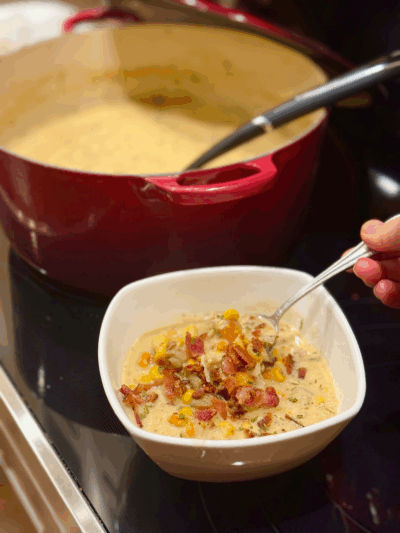


Leave a Reply
You must be logged in to post a comment.